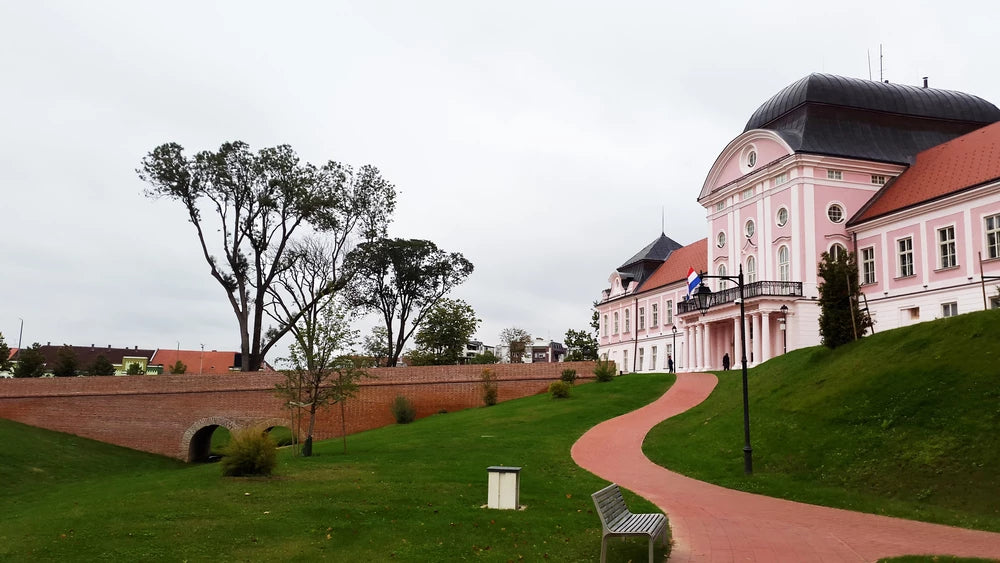Osijek may well claim to be the capital of the beer that flows freely in its pubs, small cheerful establishments hidden within its architecture inherited from the socialist era. It is nonetheless at the heart of the region that produces almost half of Croatia's wine, Slavonia. Here, people live simply, nurtured by the land that nourishes them. The food is generous: čobanac, a kind of goulash prepared with the cuts of the day (game, veal, mutton, etc.) and stewed in a pot, or fiš paprikaš, a traditional dish based on freshwater fish. All seasoned with local paprika. Around the town, landscapes range from monotonous cereal fields to untouched wilderness: ponds, meadows, swamps and centuries-old oak forests make these places all the more bright and abundant as they are home to a wide diversity of fauna and flora.
Known as the "Golden Valley" under Roman rule, this region has long been coveted and contested by empires for the fertility of its soil, irrigated by the Danube and its affluents. The moderate continental climate of the valleys, whose slopes are planted with vines at altitudes ranging from 150 to 450 meters, allows for an extremely rich viticulture. Alongside imported grape varieties (Pinot Noir, Chardonnay, Cabernet Sauvignon, Gewurztraminer, etc.), there are over 40 indigenous varieties, including Pošip (pronounced poe-ship), Grk (pronounced g-r-k) and Kujundžuša (pronounced ku-iun-dzu-sha). Among them, Graševina dominates, used either as a single varietal or in multiple variants of high-end sparkling wines, light young wines or complex old wines.
A land of History studded with fortresses, Slavonia is also a land of myths and legends. The Slavonic divinity Slata-Baba, the Golden Old Woman, mother of the local gods, is said to have chosen Slavonia as the place to deliver her oracles in exchange for a musical instrument or, failing that, a beard stubble. Somewhere in Slavonia, she is said to have hidden a temple. Even today, the land is honored during harvest festivals, and in the village of Gorjani, a ritual whose origins have been lost is held every spring at the occasion of Pentecost: during the "Procession of the Queens", five young girls, wearing sabres and men's hats, play the role of kings, while five others, crowned with white garlands, play the role of queens. The queens visit every house in the village, and then those of neighboring villages, to perform a sabre dance accompanied by folk songs and dances.





